3 ARTICLES REGARDING ALZHEIMER’S DISEASE AND DEMENTIA
ARTICLE #1
What Is Alzheimer’s Disease?
DESCRIPTION
This is a very up to date article that discusses the following issues: the causes of Alzheimer’s Disease, symptoms (described cognitively and behaviorally), prevention, and medications. It is informative and useful in teaching both the biological bases of Psychology and issues in aging.
SOURCE
New York Times, April 30, 2016, by Pam Bullock
LINK TO RESOURCE
(Tiny URL) http://tinyurl.com/j67lzac
ARTICLE #2
Reversible Alzheimer’s Disease — One in ten cases of Alzheimer’s disease are likely to be diagnosed incorrectly.
DESCRIPTION
Dr. Garret points out that while many in nursing care do, in fact, suffer from Alzheimer’s Disease, approximately 10% are misdiagnosed because their problems mimic Alzheimer’s. Some of these other conditions include normal pressure hydrocephalus (iNPH) and vascular dementia. These conditions may be treatable and reversible when detected early. Dr. Garret recommends a full detailed “work up” of the individual rather than simply diagnosing severe cognitive disruption as Alzheimer’s disease. This article would be helpful in the neuropsychology chapter on brain anatomy as well as in the chapter on aging.
SOURCE
Psychology Today, March 15, 2016, by Mario D Garrett Ph.D.
LINK TO RESOURCE
https://www.psychologytoday.com/blog/iage/201603/reversible-alzheimers-disease
(Tiny URL) http://tinyurl.com/jln93wz
ARTICLE #3
Ask Well: How Do You Die From Alzheimer’s?
DESCRIPTION
The article answers the question as to how Alzheimer’s Disease leads to death. “… the brain affects everything, Alzheimer’s ultimately affects everything ….including the ability to swallow, cough and breathe.” As the disease progresses the brain areas that function to maintain the body’s homeostasis fail and as a result the physical condition deteriorates to the point where the individual becomes susceptible to other disease conditions, a lower immune response, as well as pneumonia which is the common cause of death at the end. As the decline becomes more rapid at the end of the disease death follows. The article also points out that hospitalizations for infections and use of feeding tubes does not prolong anything but suffering. The article may be used in conjunction with the chapters on neuropsychology and aging.
New York Times, April 5, 2016, By Roni Caryn
LINK TO RESOURCE
(Tiny URL) http://tinyurl.com/j9smg7o
CLASS DISCUSSION QUESTIONS
•What is Alzheimer’s Disease?
•What are the symptoms?
•What is the course of the disease that ultimately leads to nursing care and finally death?
•Are there ways to prevent or slow down the progression?
•Are there other brain disorders that are confused with Alzheimer’s Disease?


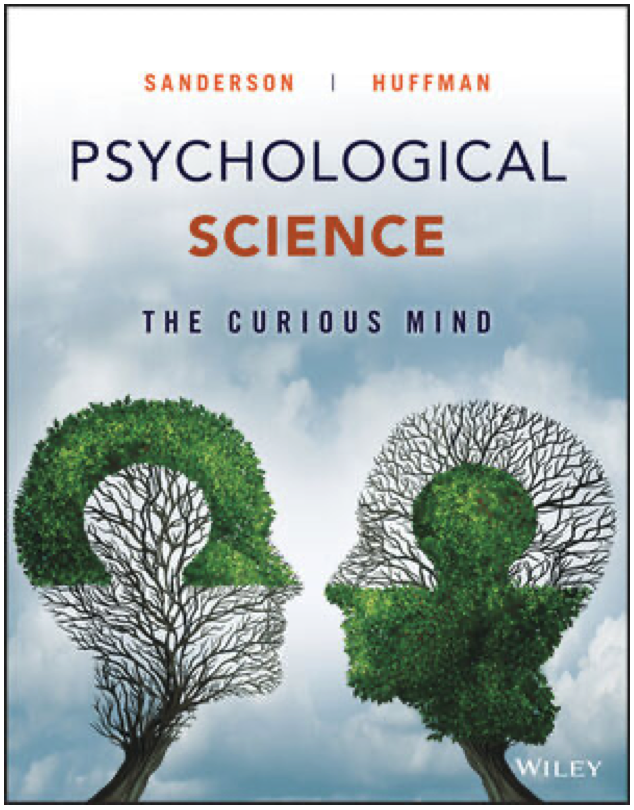
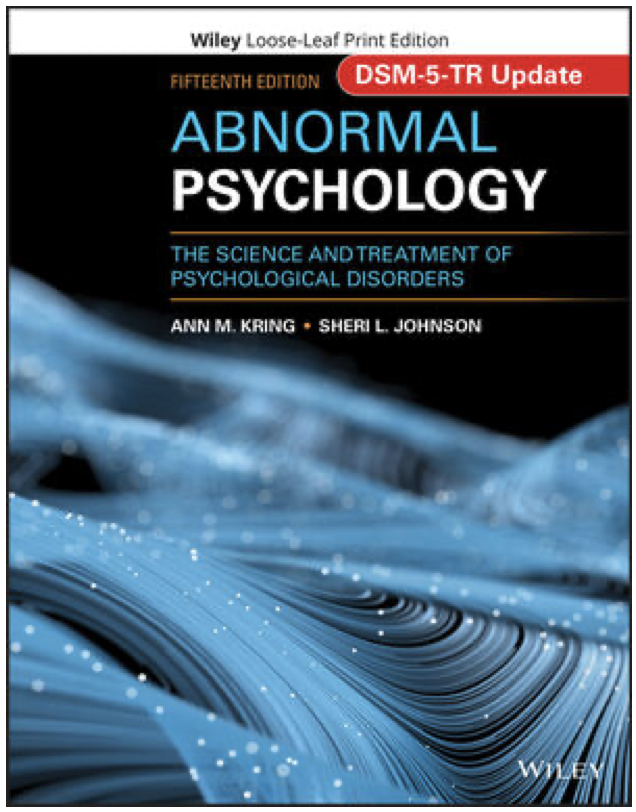
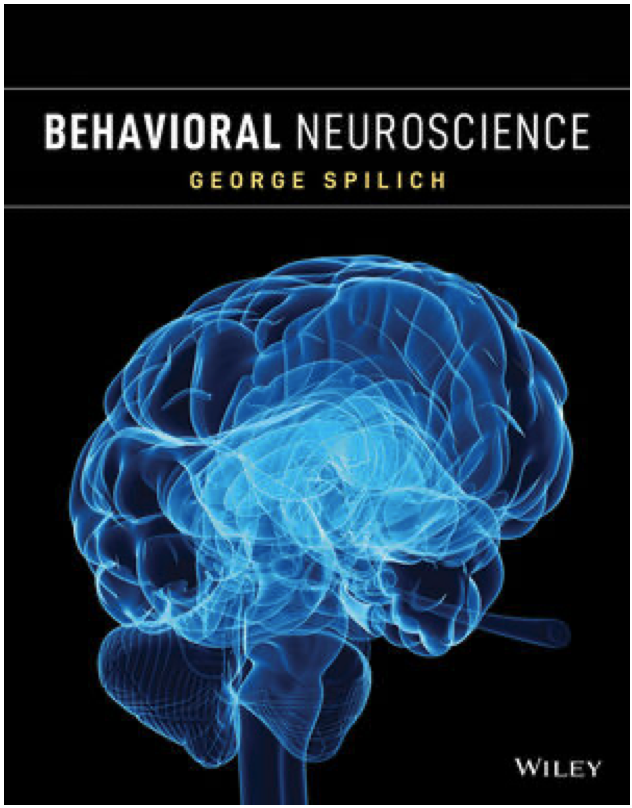
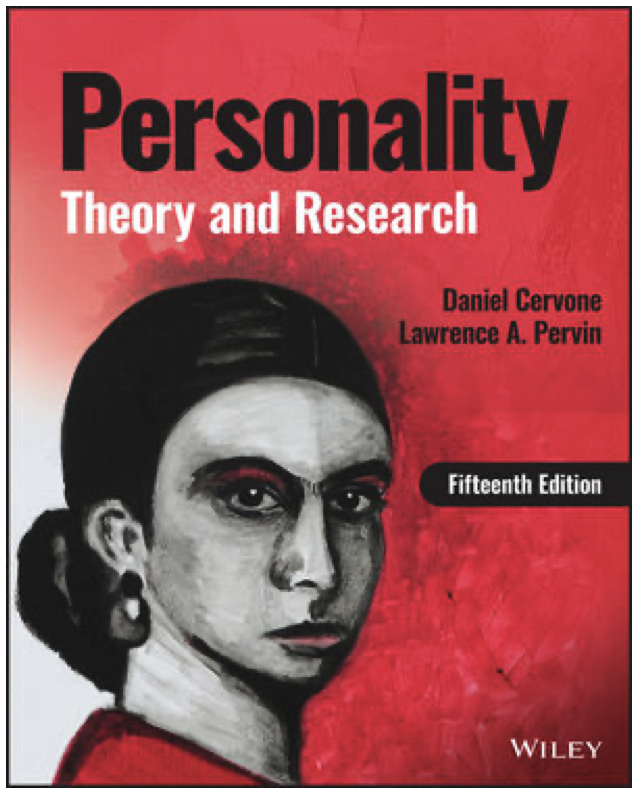
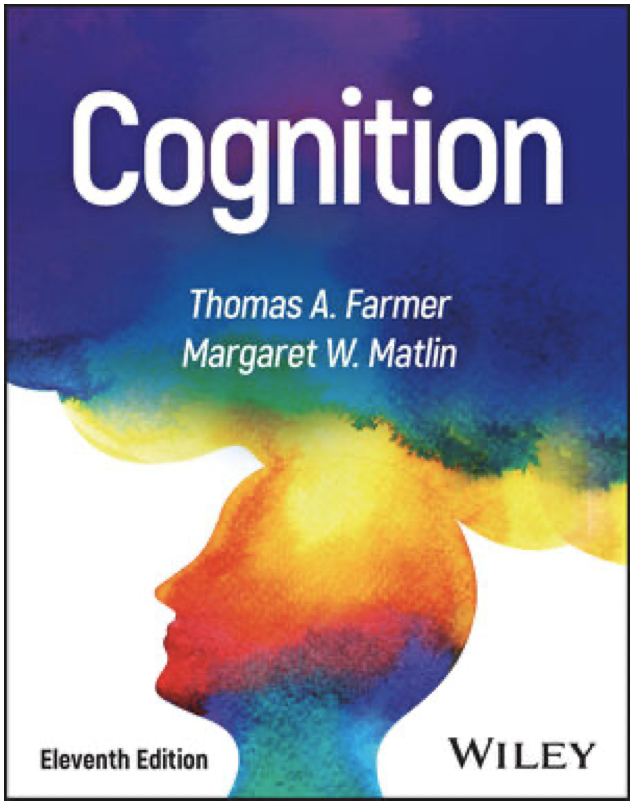
Leave a Reply